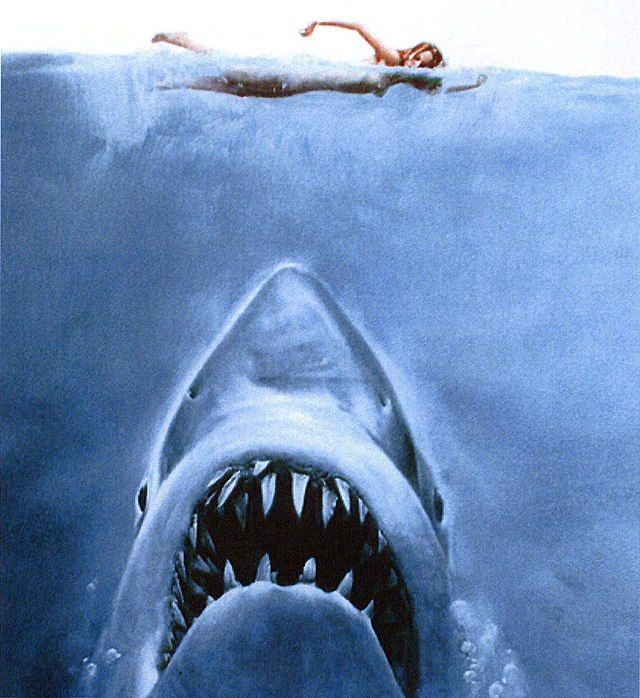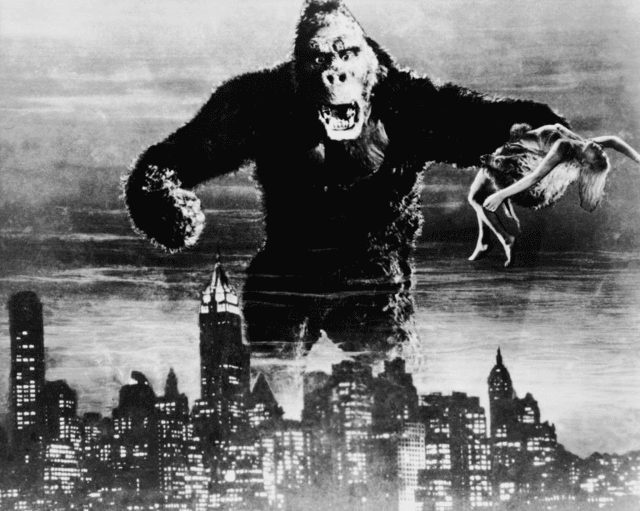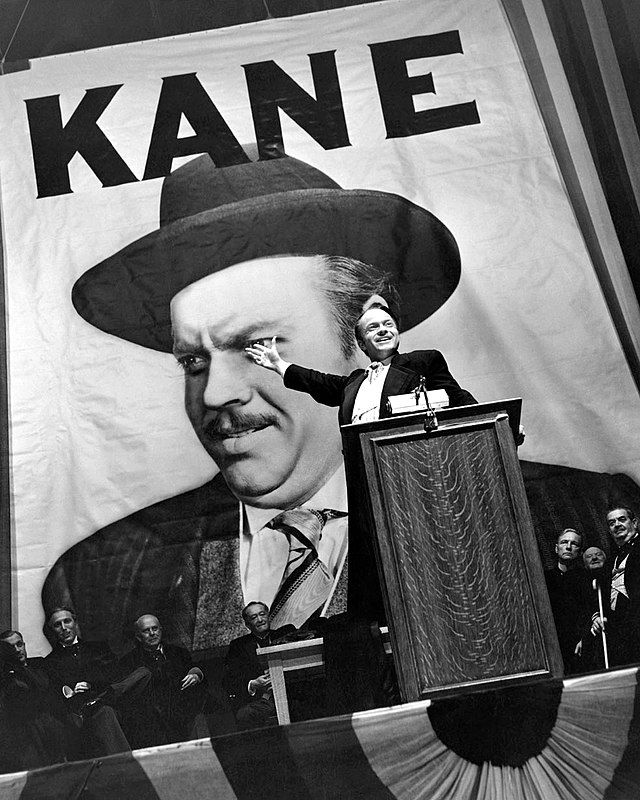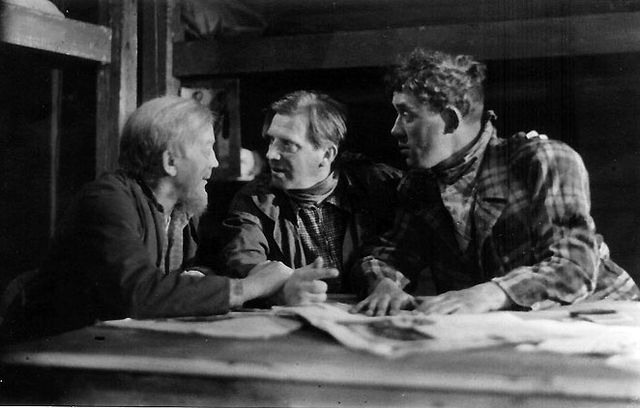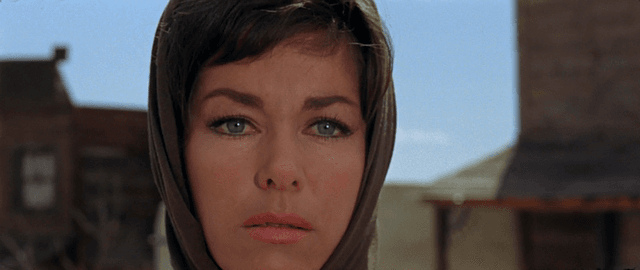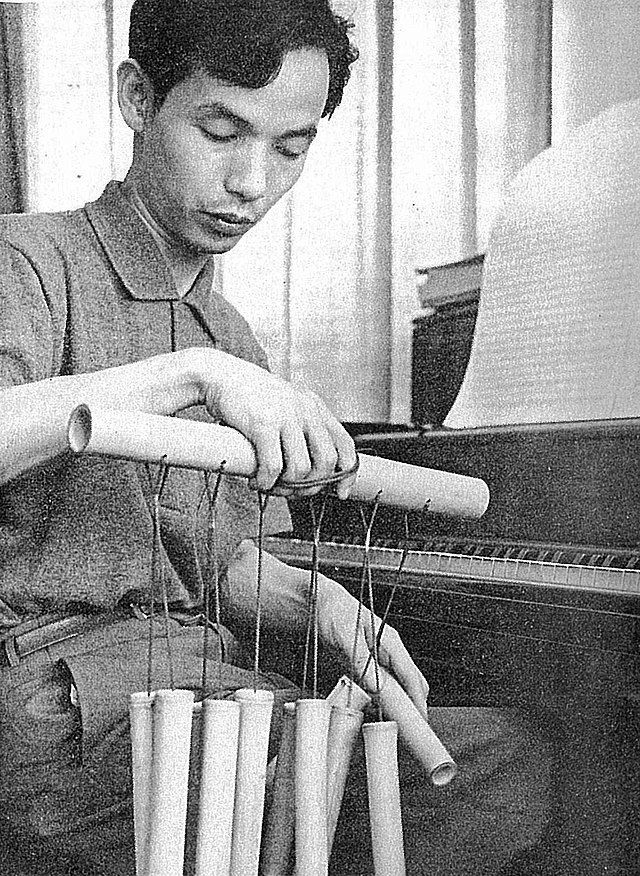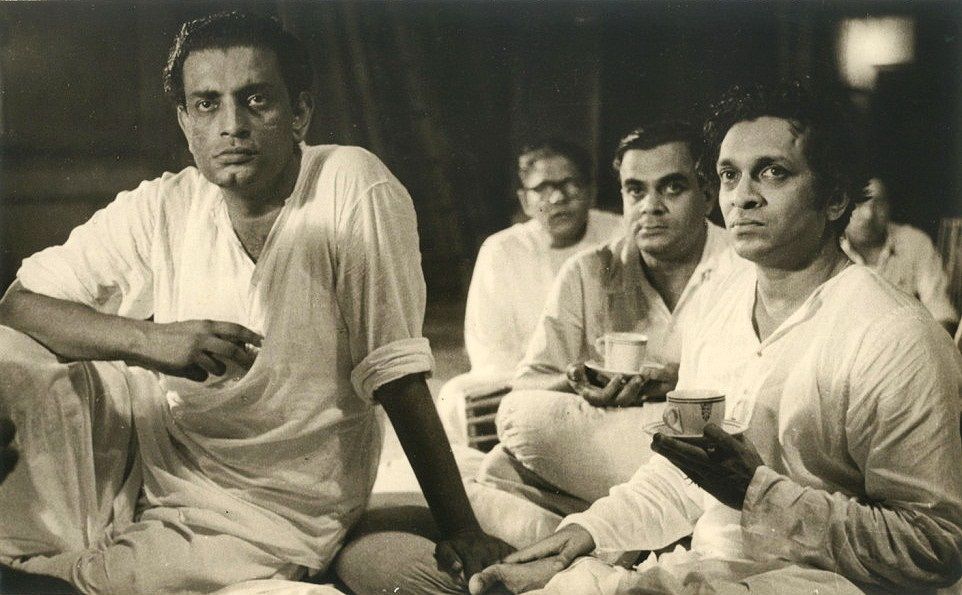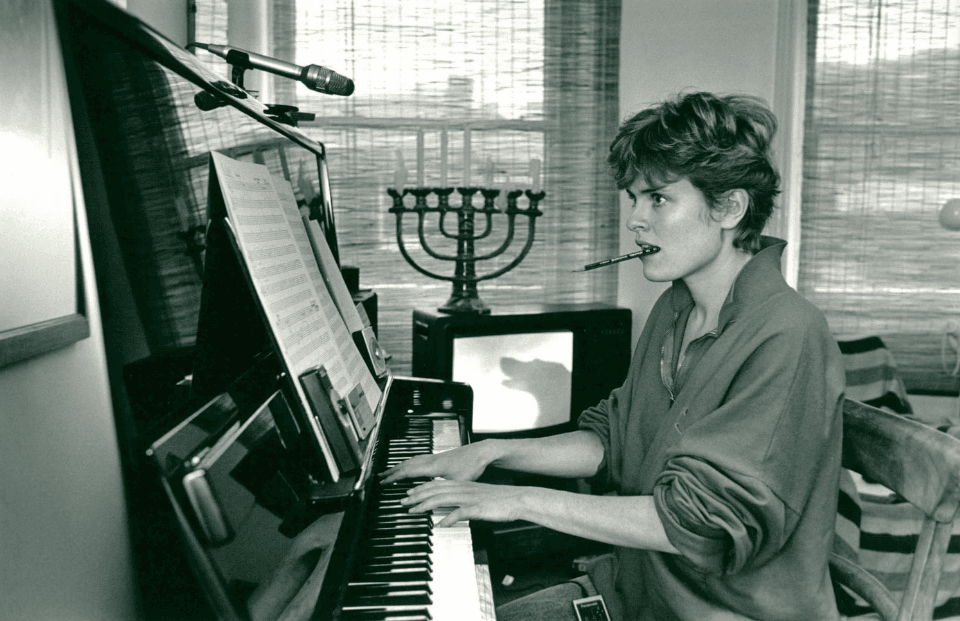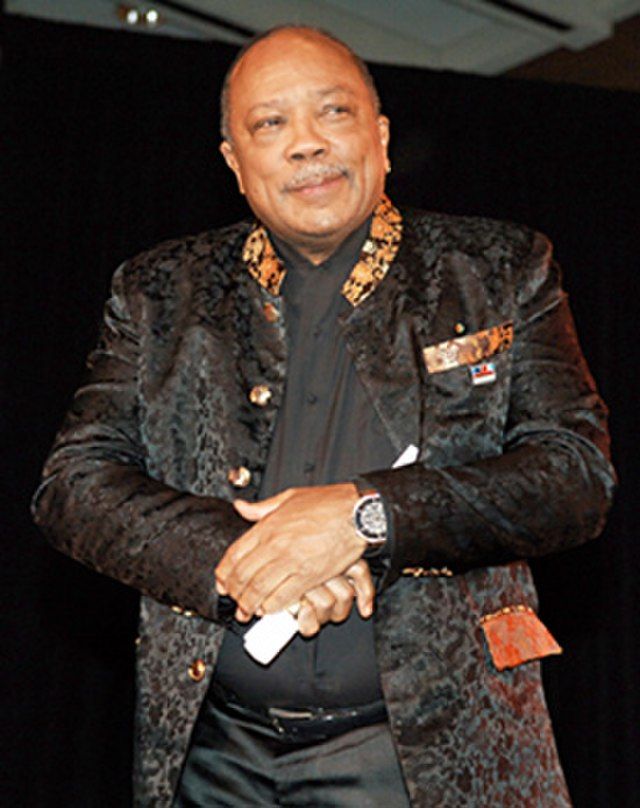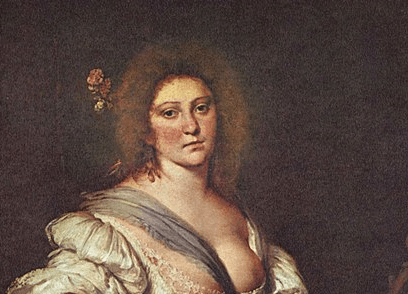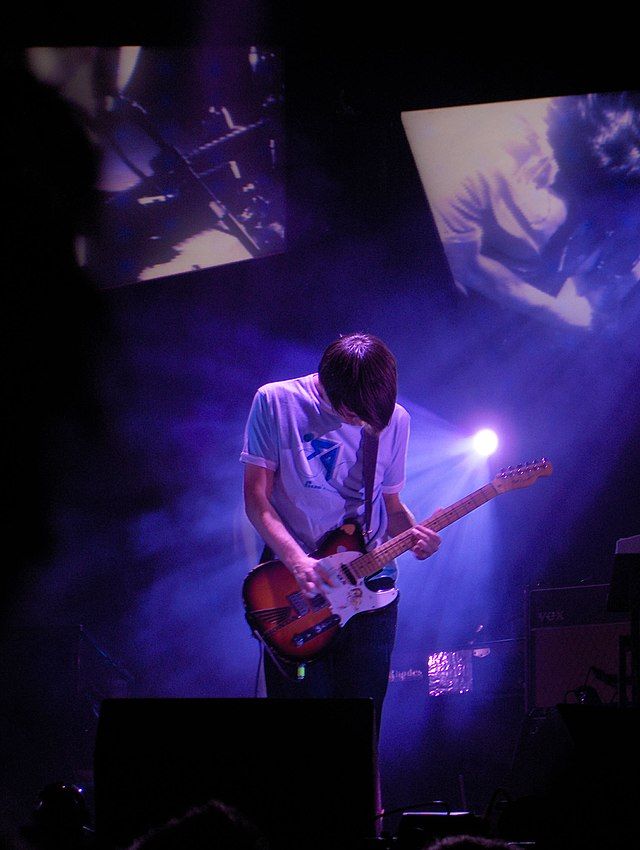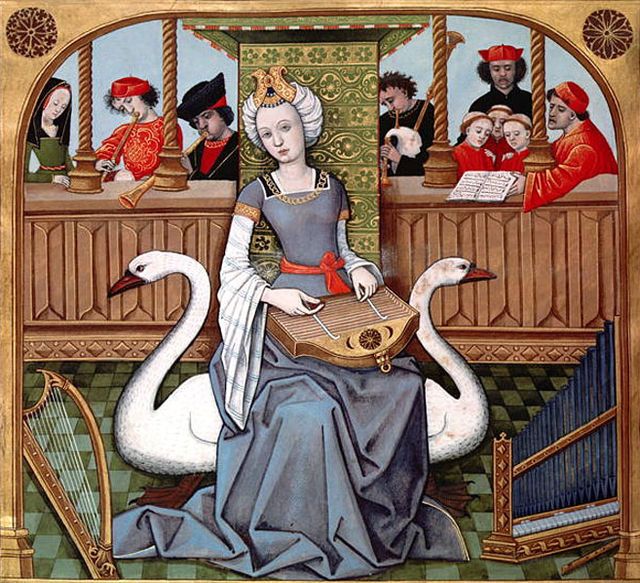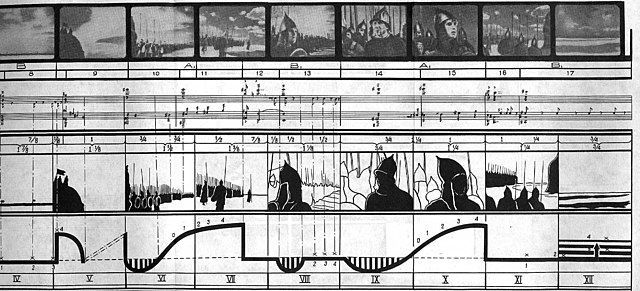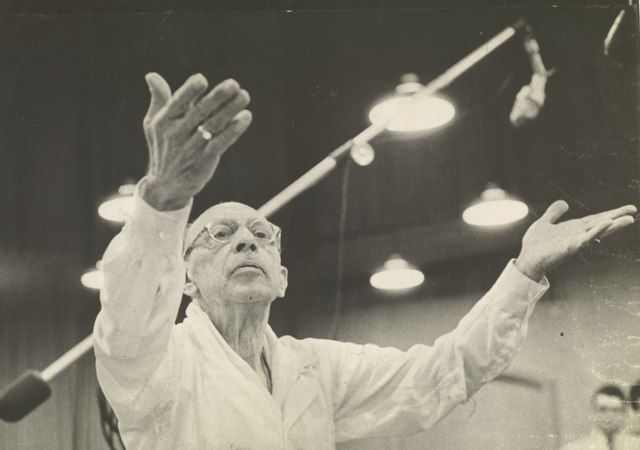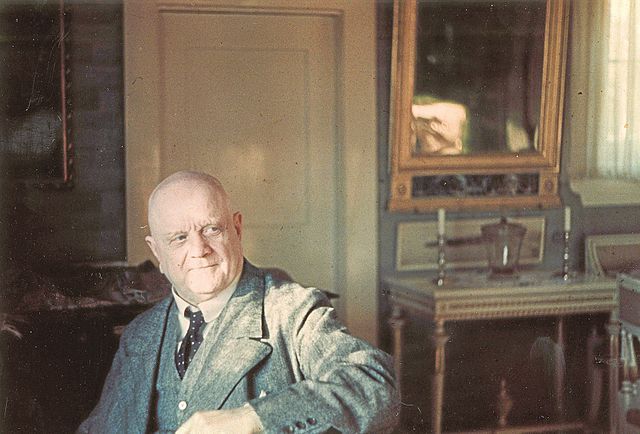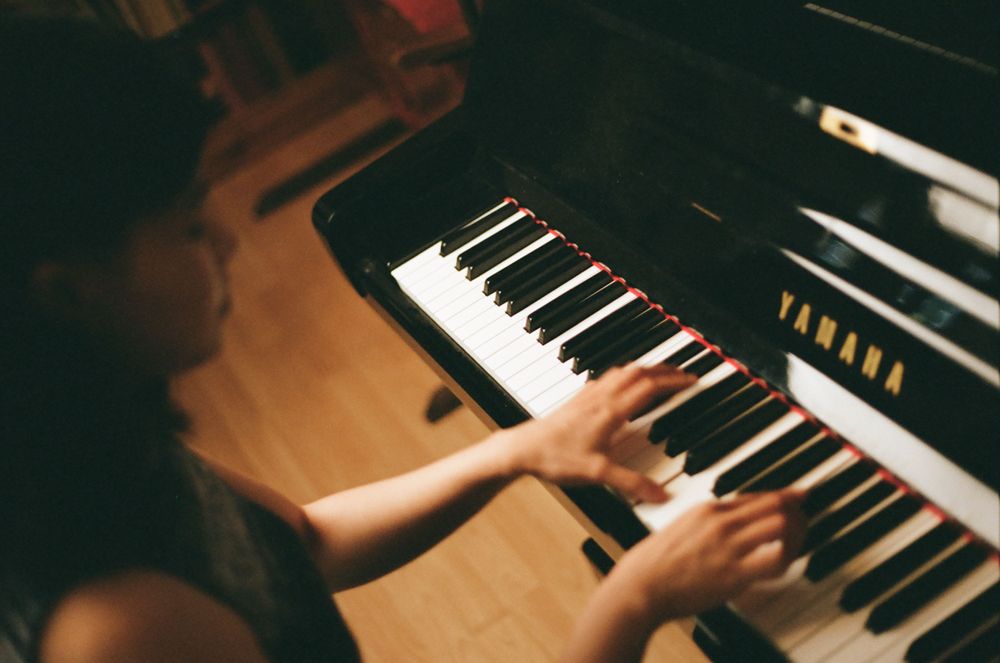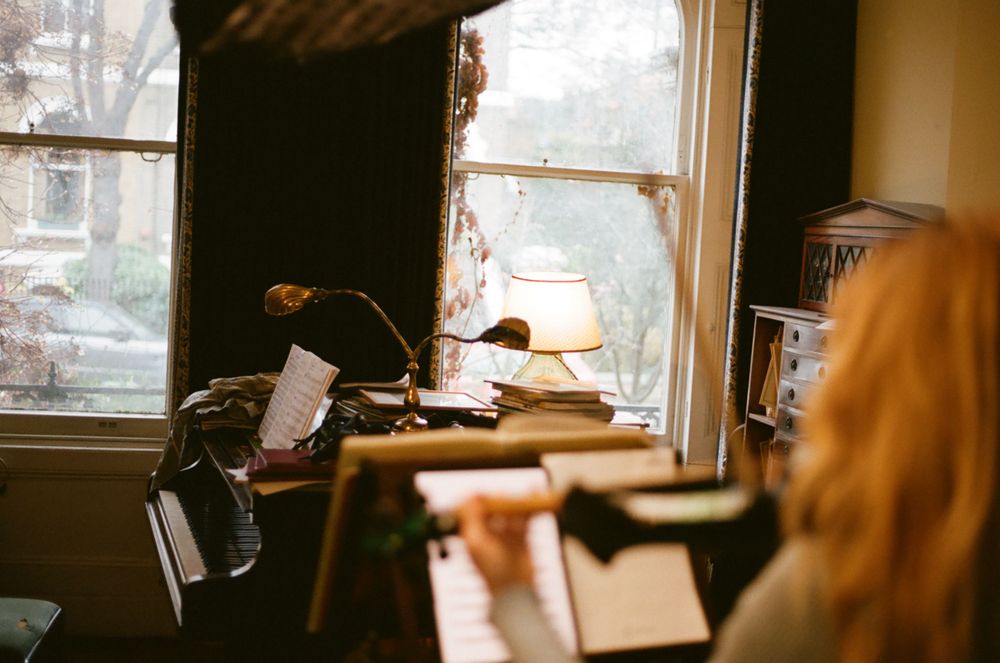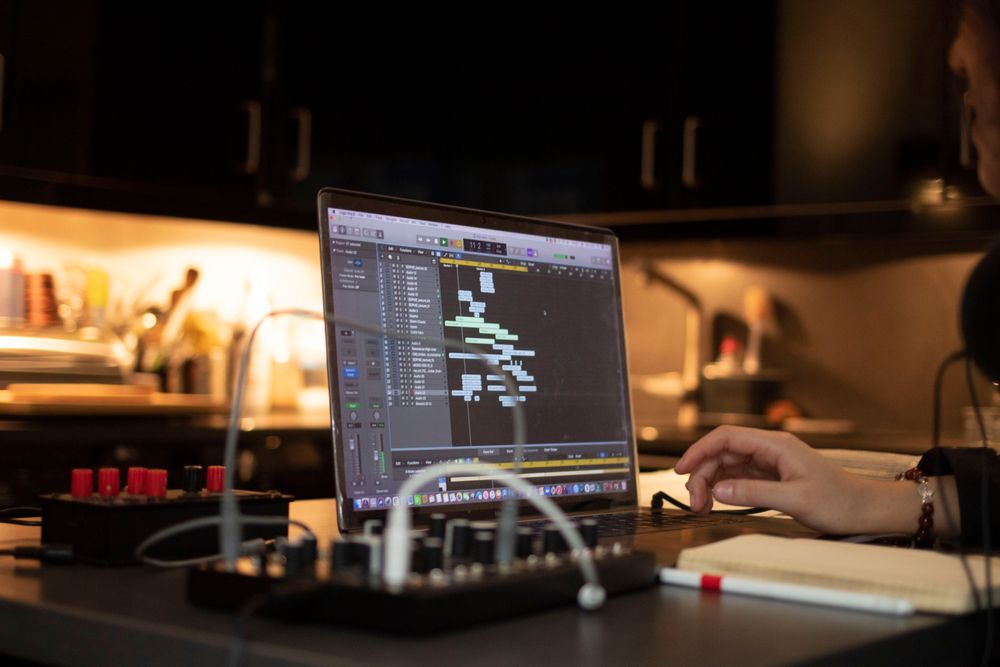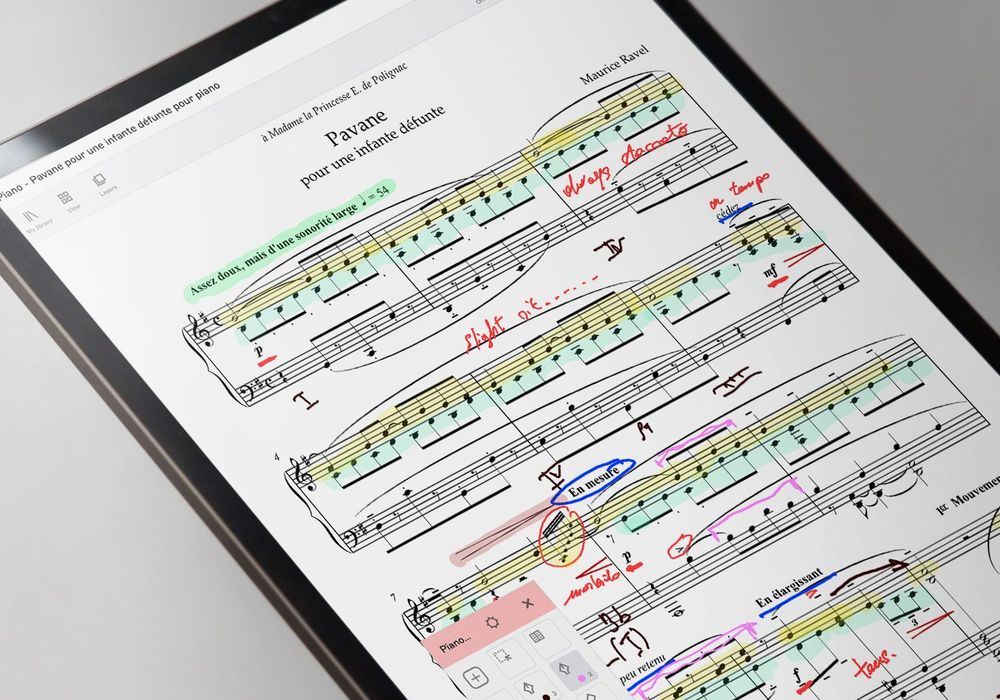Think of your favourite scene from a film. Roy Batty’s speech at the end of Blade Runner, the charge of the Rohirrim in The Return of the King, Peter O’Toole dancing along the derailed train in Lawrence of Arabia…
Whatever it is, ever wondered just why you love it so much? Vangelis, Howard Shore, Maurice Jarre - it’s the music. There’s always music in these iconic moments, and it’s the music that makes them, that really moves you. It’s music that makes great cinema.
There’s an old adage that you don’t hear the best film music, and there is truth to that. Music works beneath the surface, influencing you subconsciously, enriching the action, guiding your responses, stimulating particular emotions, pulling all the strings without you being aware of. But the very best film music you can hear, and you love hearing it. As the Force theme swells as Luke Skywalker looks out at that binary Tatooine sunset in Star Wars, it’s all you can focus on.
Film music is far better appreciated than it used to be, but - whether it should or shouldn’t be ‘heard’ - it still goes under the radar, not always getting the credit it deserves. Worse still, particularly in classical circles, it’s often derided as a lesser art form. We don’t need to justify that with a response, but suffice to say that it is most emphatically an art in and of itself. And, with extremely particular demands, it is not an easy one to master.
The ten individuals below did master it, however, and many of them did so as one branch of their wider creativity. Collectively, they demonstrate the richness, the complexity, and oftentimes the simplicity of great film music.
